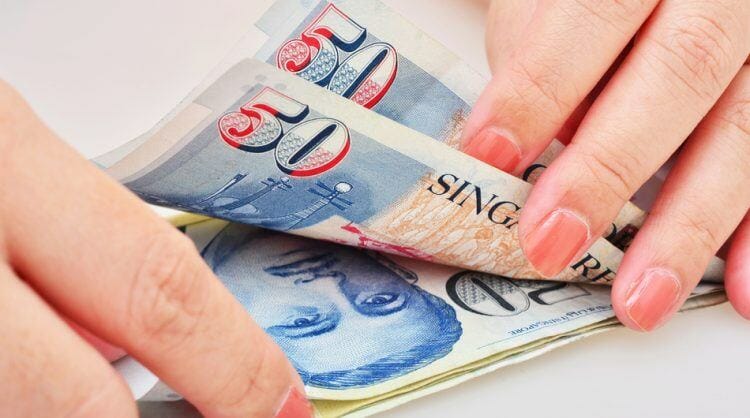




The Monetary Authority of Singapore (MAS) has issued a warning to households and firms to brace for potential external volatility amid rising geopolitical tensions. In its Financial Stability Review 2024, MAS highlighted the risks stemming from heightened policy uncertainty, trade tensions, and geopolitical conflicts that could impact Singapore's economy [7ad465b0]. Despite the resilience of Singapore's economy, the MAS emphasizes the need for vigilance as external factors could lead to significant fluctuations in financial stability [7ad465b0].
The MAS's concerns are underscored by the possibility of Donald Trump's return to the White House, which could result in higher tariffs that may adversely affect Singapore's trade dynamics. The previous US-China trade war from 2017 to 2020 had already demonstrated the significant impacts such geopolitical events can have on Singapore's economy [7ad465b0].
Recently, the Singapore dollar has been nearing a two-year low against the US dollar, currently trading around 1.37, as investors anticipate a policy easing by the MAS on January 24, 2025. Analysts predict that the MAS may reduce the currency band slope, with Lloyd Chan from MUFG Bank suggesting a decline to 1.40 by year-end [ffd3dfc8]. The currency has dropped from 1.2789 just four months ago, influenced by inflationary pressures stemming from US tariffs [ffd3dfc8].
Core inflation has dropped below 2%, indicating a potential for a policy shift, with DBS estimating the currency will reach 1.39 by midyear and Goldman Sachs predicting it will be at 1.38 in six months [2cf7c2de][ffd3dfc8]. The MAS has maintained its monetary policy settings unchanged for a fourth consecutive time, supporting the local dollar's appreciation while also expecting inflation to remain between 2.5%-3.5% this year [2cca61e8]. Despite the strong performance of the Singapore dollar, analysts believe that further gains may be limited due to external pressures and the potential for a shift in US monetary policy [41890aa5].
As Singapore navigates these complex economic dynamics, the MAS's advice to prepare for volatility serves as a crucial reminder for households and businesses to remain alert and adaptable in the face of an uncertain global landscape [7ad465b0]. Foreign borrowers dominate Singapore's debt market, which saw a record S$31.2 billion in local-currency corporate bonds issued last year, potentially facing diminished returns as the dollar weakens [ffd3dfc8].